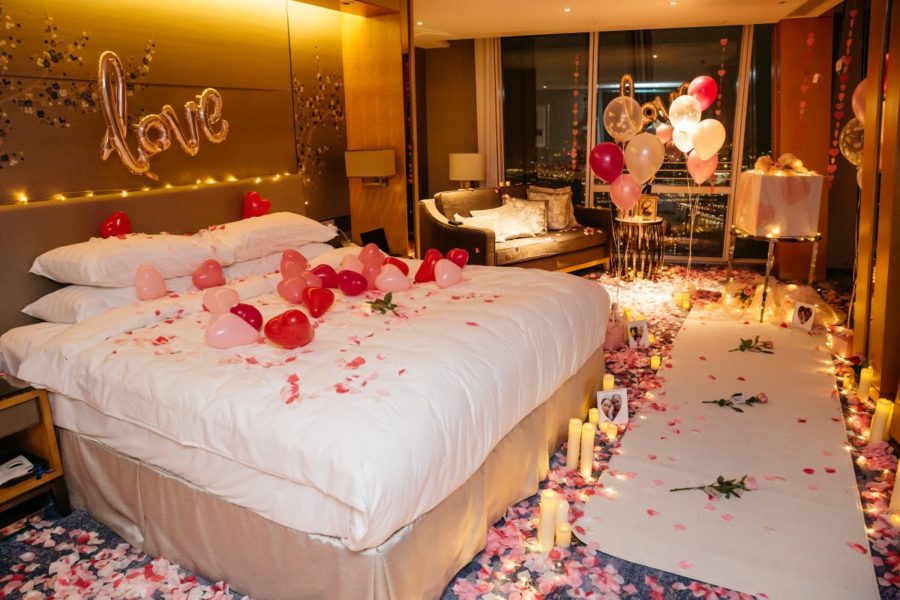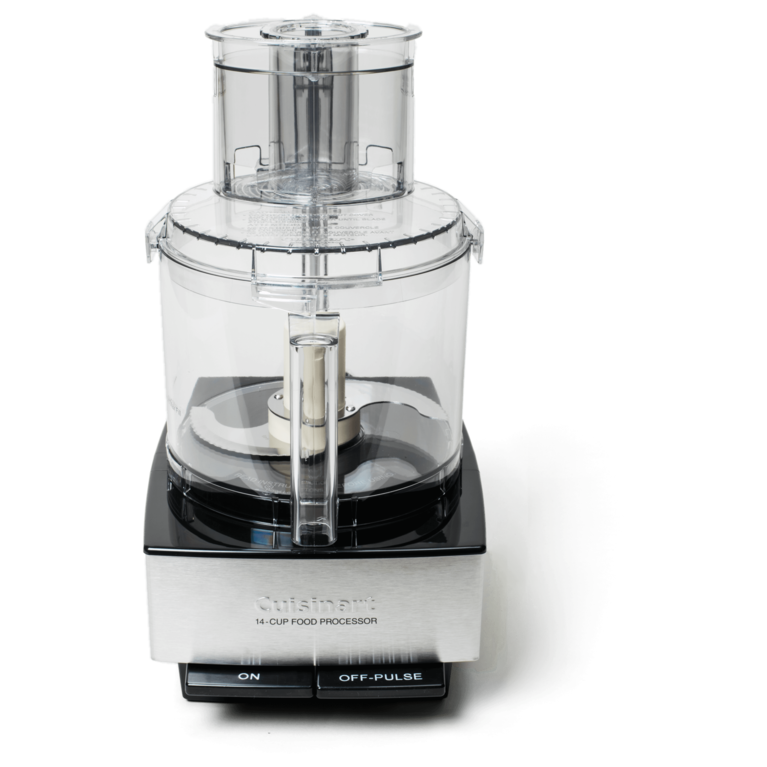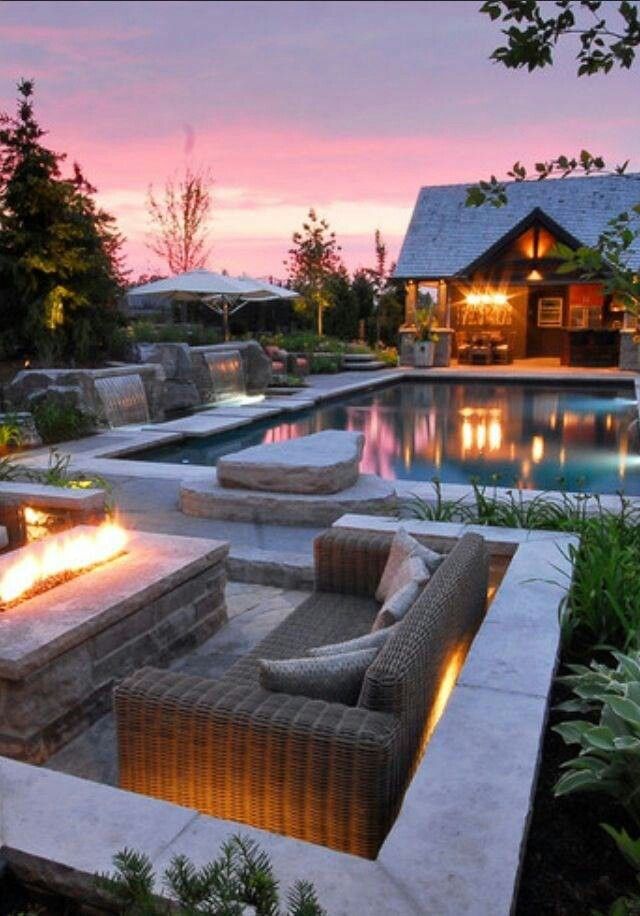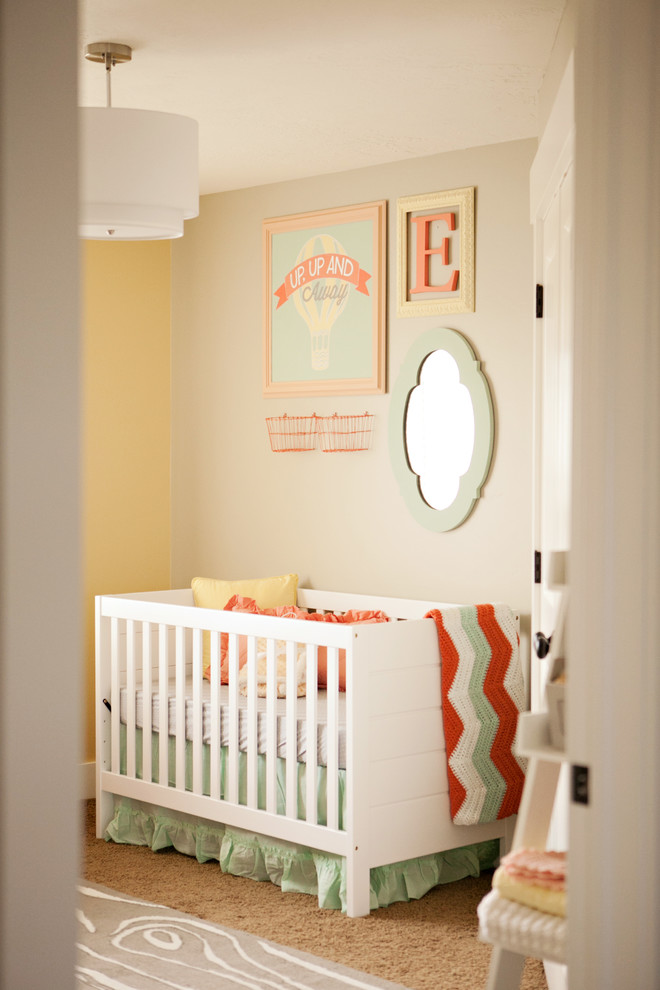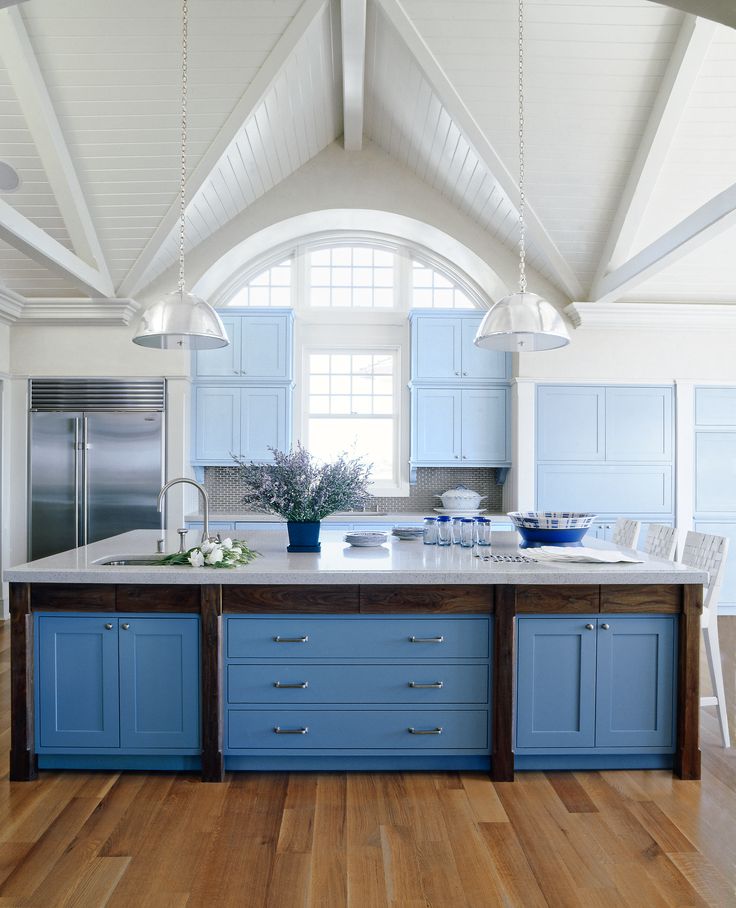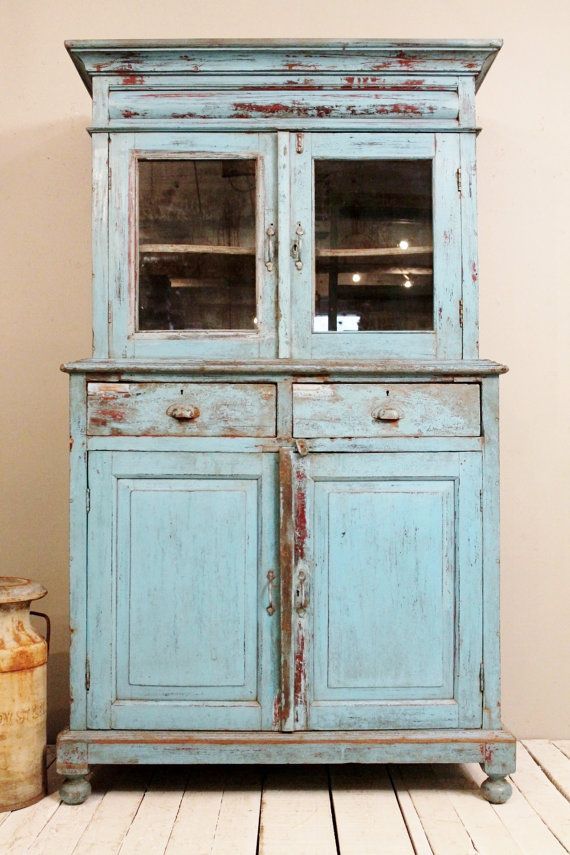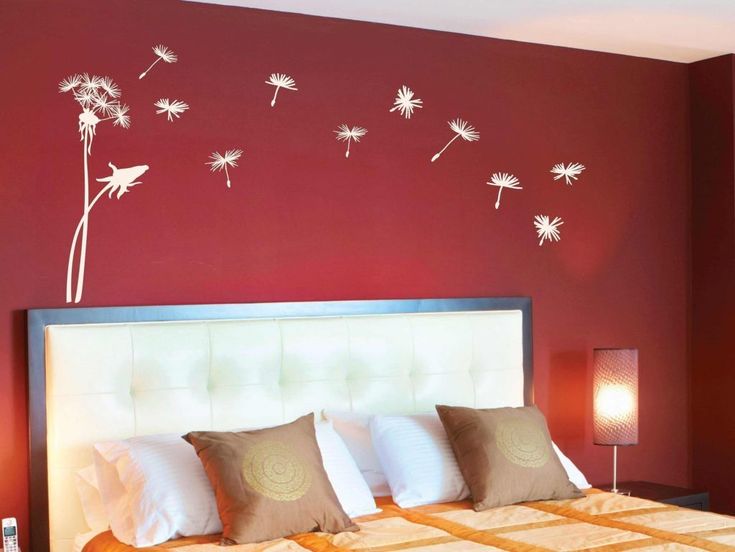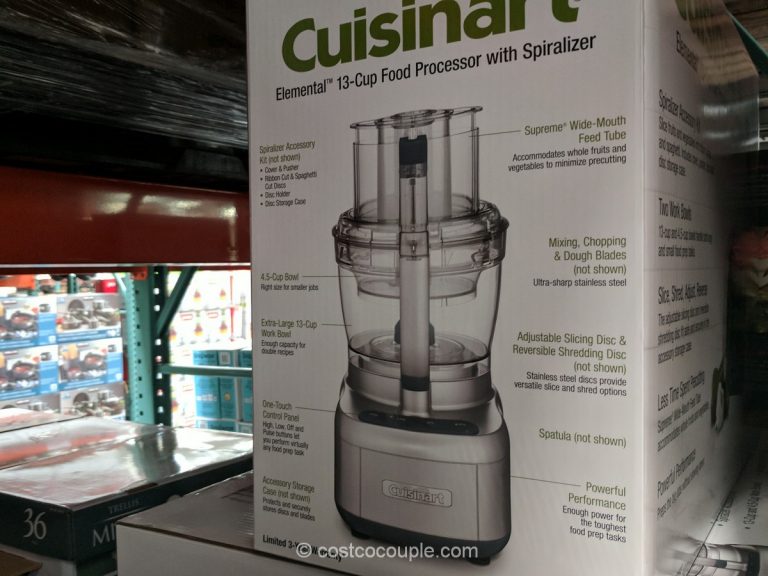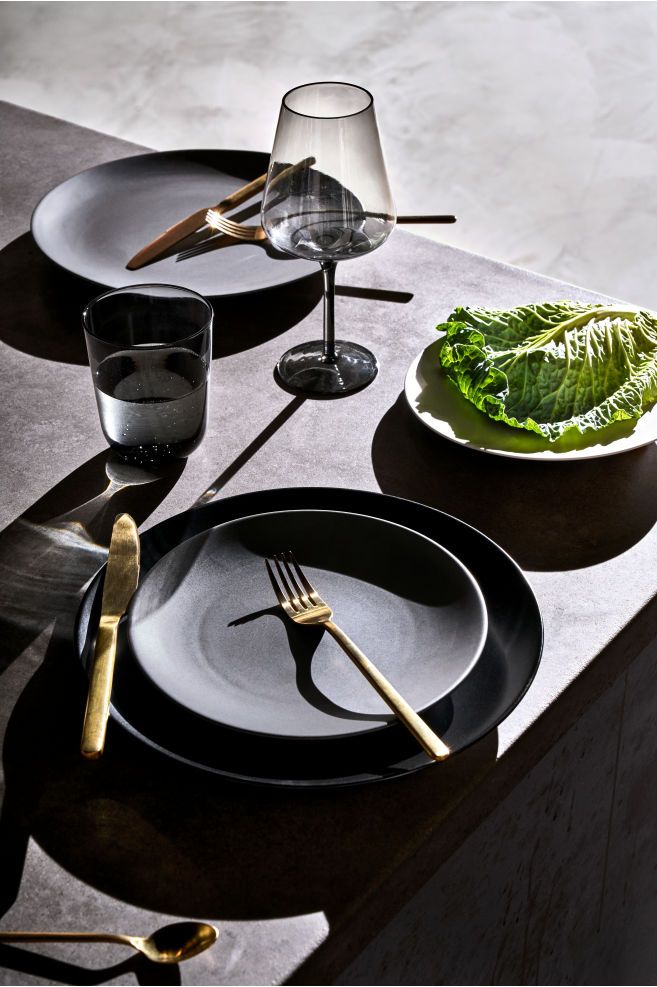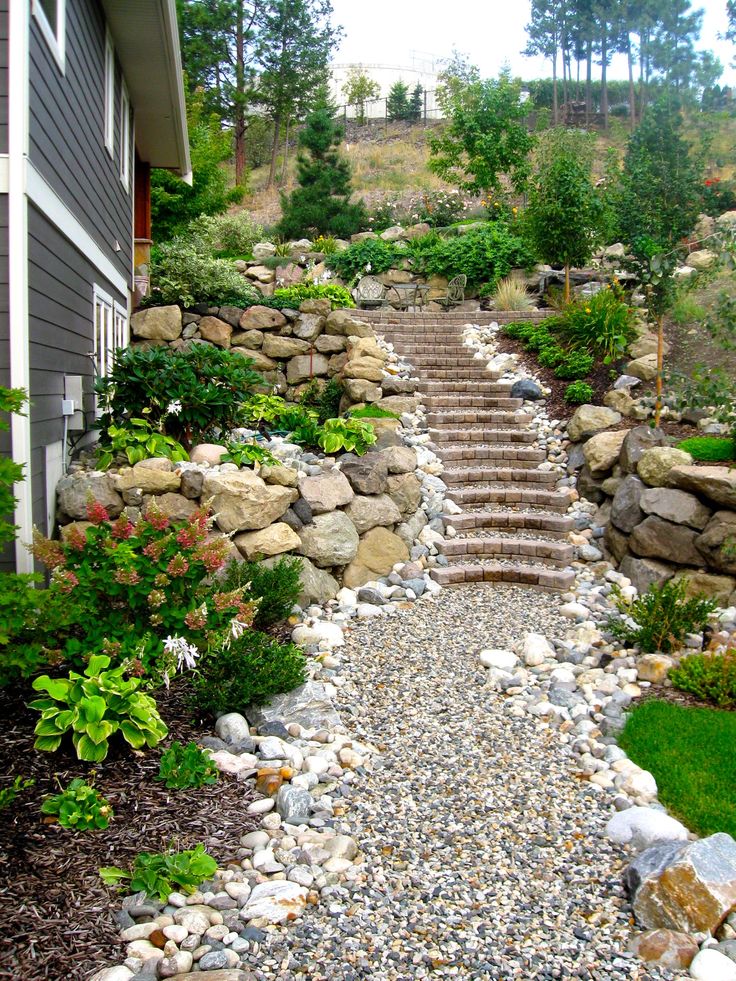What to put on bathroom walls
5 Best Bathroom Wall Options
Bathroom walls are different from walls in other parts of the home. In living rooms, bedrooms, hallways, and other completely dry areas, any type of wall covering will work. Even kitchens, which are mostly dry, can have almost any type of wall covering. Backsplashes protect key areas in kitchens to make this possible. But in bathrooms, water comes from all directions. Moisture, both from direct tub and shower overspray as well as moisture-laden air, is devastating for bathroom walls. Bathroom vent fans do help, but even well-vented bathrooms can have moisture issues.
Tip
Whatever wall covering option you're drawn to, make sure it fits into the overall style of the home before committing.
Bathroom Wall Surfaces Summary
| Surface | Pros | Cons |
| Vinyl wallpaper | Easy to install because it can be unpeeled and reapplied more than once | Some vinyl wallpaper is not suited for heavy moisture |
| Interior paint | Designated bathroom paint has mold- and mildew-inhibiting additives | If designated bathroom paint is chosen, it can cost up to twice as much as regular interior paint |
| Tile | Tile is 100-percent waterproof as long as it is expertly installed | Too much tile can overwhelm a room and make it feel sterile |
| Beadboard | Beadboard helps to protect walls against direct moisture from shower or bathtub | Beadboard's traditional look may not work for all bathroom styles |
| Tileboard | Tileboard can be a quick fix for bad drywall in a kitchen or bathroom | Medium density fiberboard (MDF) with a hard melamine layer on top is a poor substitute for real tile |
Vinyl Wallpaper
Vinyl-coated wallpaper is one of the better options for bathroom walls in terms of functionality (all-paper coverings will degrade in the moist environment). But if 100-percent vinyl wallpaper makes you think of a hotel, think again. Vinyl wallpaper has grown up and become sophisticated. Retailers such as Tempaper offer gorgeous vinyl wallpapers that have graced homes featured in style and shelter magazines.
Just be sure that your present wall surface can accept peelable vinyl wallpaper. Because it is less sticky than permanent wallpaper, peelable vinyl wallpaper will not stick to matte, flat, or rough surfaces. Also, vinyl wallpaper works best for indirect, ambient moisture. So use in conjunction with a surface that covers the lower section of the walls. There are, however, some vinyl wallpapers that will withstand direct contact from water, such as in a shower stall.
One benefit of vinyl wallpaper is that you can actually try it out before applying it. Buy a roll or a sample, then stick it up in the room. Large patterns will visually reduce the size of your bathroom. Verticals draw your eye upward and make the room feel taller. Horizontals seem to widen it.
Horizontals seem to widen it.
Semi-Gloss Bathroom or Regular Interior Paint
Bathroom paint is regular interior paint that has properties that make it better suited for bathrooms. With regular interior paint, the main thing to avoid is getting a flat or matte surface paint because the paint's pores trap water. A classic way to avoid this is to use semi-gloss or even a high gloss sheen; water beads up on these surfaces. But premium paints with mold-killing additives let you have those desirable flatter sheens in the bathroom.
The best thing about using paint for your bathroom walls is cost. Eggshell or semi-gloss interior paint is inexpensive. Even designated bathroom paint, which can cost up to twice the amount of regular acrylic-latex interior paint, is far cheaper than using wallpaper, tile, or other hard surfaces.
The Spruce / Michelle BeckerCeramic or Glass Tile
Ceramic tile is a classic choice for bathroom walls. With tile, as long as it is properly applied, moisture will never be a problem. Since the days of the ancient Romans, tile has been used even for standing-water surfaces such as the insides of bathtubs and pools.
With tile, as long as it is properly applied, moisture will never be a problem. Since the days of the ancient Romans, tile has been used even for standing-water surfaces such as the insides of bathtubs and pools.
Design is your main consideration. All tile has grout, and grout means lines. Lines create patterns that can either enhance or detract from the bathroom's appearance. Too many tiles can make a room feel busy, ponderous, sterile, and even depressing. Partially tiling the wall is a good compromise. Ceramic tile used as wainscot usually stops at a certain point on the wall, around 36 inches is typical.
The Spruce / Adrienne LegaultBeadboard
Beadboard provides only partial coverage for the wall: the lower half. But the lower section is the most important part when it comes to moisture problems. Beadboard can be painted with semi-gloss or glossy paint, which thoroughly protects the lower parts of the walls against moisture.
For easier installation, purchase panels of beadboard that are eight feet long by four feet high.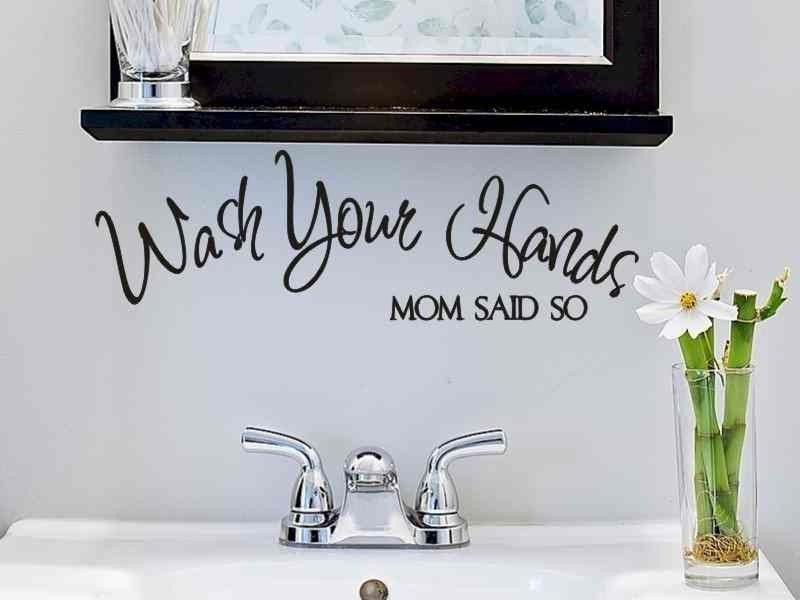 Installed lengthwise, these long boards lay down quickly with construction glue and finish nails. For a more refined and historically accurate look, choose individual beadboard planks.
Installed lengthwise, these long boards lay down quickly with construction glue and finish nails. For a more refined and historically accurate look, choose individual beadboard planks.
Beadboard gives your bathroom a classic look, which can be either an asset or a deficit. For traditionally styled bathrooms, beadboard fits right in. For modern bathrooms, beadboard is out of place and ungainly.
Brett Taylor / Getty ImagesTileboard
At first glance, tileboard looks like ceramic tile. Tileboard comes in large format panels that let you install 32 square feet of wall covering that looks nominally like tile in just a few minutes.
Better tileboard looks closer to real ceramic tile and the wear surface is coated, so it repels moisture. Cheap and easy to install, tileboard is best used for a guest bathroom or basement bathroom due to its economical appearance. Tileboard is a bargain material that fixes wall problems quickly but adds little long-term value to your home.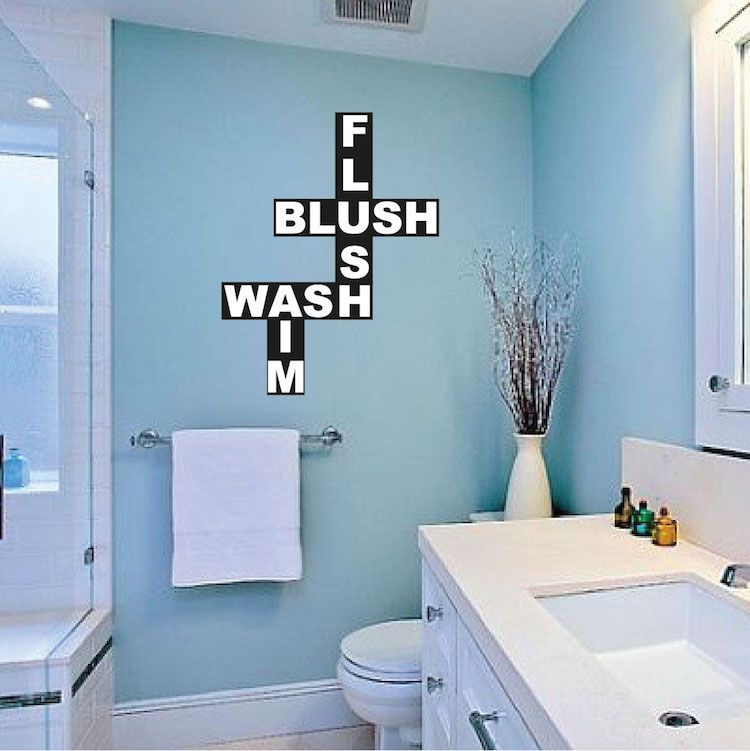
One downside to tileboard is that it rapidly swells up and will not recover its original dimensions if water reaches the back of it. One way to avoid this problem is to keep all seams and edges caulked with bathroom-grade silicone caulk.
The Spruce / Letícia AlmeidaWatch Now: This Paint Roller Instantly Gives You Custom Wallpaper
15 Bathrooms With Beautiful Wall Decor That Will Inspire A Refresh
Design: HONESTLY WTF, Photo: ANDREA POSADAS
If we had to bet, we're willing to stake our money on the fact that your bathroom walls currently stand completely bare. (Like, straight-out-of-the-shower bare!) But the funny part is, we spend hours sifting through Pinterest inspiration and deliberating over the perfect art for our bedroom and living room, but our washroom walls never cross our minds. In case you're not catching our drift, we're telling you you're missing out on some serious home décor real estate.
Whether you have four blank walls screaming for some personality or just a tiny space over your toilet that's missing a certain something, we have 15 bathroom wall art ideas to upgrade possibly the most neglected space in your home.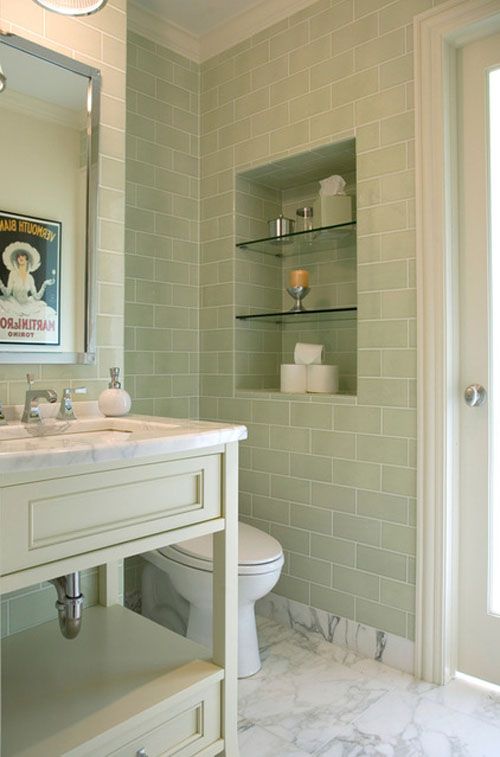 From wallpaper to simple paint tricks, here's what you need to turn your blank canvas into a work of art. You'll thank us for the next time nature calls, and you have something beautiful to look at.
From wallpaper to simple paint tricks, here's what you need to turn your blank canvas into a work of art. You'll thank us for the next time nature calls, and you have something beautiful to look at.
Here are our picks for the best bathroom wall decor to spruce up your space.
01 of 15
Design: Emily Henderson Design, Photo: Sara Tramp
This is a match made in bathroom heaven if we've ever seen one. The painted wainscoting adds a certain sophistication to this space, while the graphic wallpaper ups the cool factor. The combo is equal parts polished and artsy, but still, totally cohesive.
02 of 15
Design: Emily Henderson Design, Photo: Tessa Neustadt
There must be a handful of retired frames lying around your house. Dig them up and make a new home for them in your powder room. We love how whimsy these three seemingly unrelated framed pieces of art look in this bright white washroom.
03 of 15
Design: Anne Sage and Caroline Ingraham Lee, Photo: Anne Sage
If you're looking to make a major statement, look no further than a bold wallpaper. The truth is, even if you know nothing about interior design, installing a patterned wallpaper makes any space look professionally decorated. And by that point, all the other details will just fall into place.
The truth is, even if you know nothing about interior design, installing a patterned wallpaper makes any space look professionally decorated. And by that point, all the other details will just fall into place.
04 of 15
There's nothing like being able to transform your space from cabin-in-Aspen vibes to a-beach-getaway-in-Tulum feel every time the seasons change. Hanging seasonal props in your bathroom is an easy swap, plus, it doubles as storage for all those straw hats you have lying around. Talk about a win-win.
05 of 15
Design: Emily Henderson Design, Photo: Sara Tramp
Aside from your kitchen, there are few rooms in your home that can handle a floor-to-ceiling tile installation. Truly, when's the last time you saw tiled walls in a living room? Do yourself a favor and use that to your advantage. The end result will look so expensive and totally polished. Now, get out there and play with styles, grout colors, shapes, and patterns.
06 of 15
Design: Emily Henderson Design, Photo: Sara Tramp
We always need more space to store our favorite beauty products, so why not display your trendy toiletries in a way that doubles as art.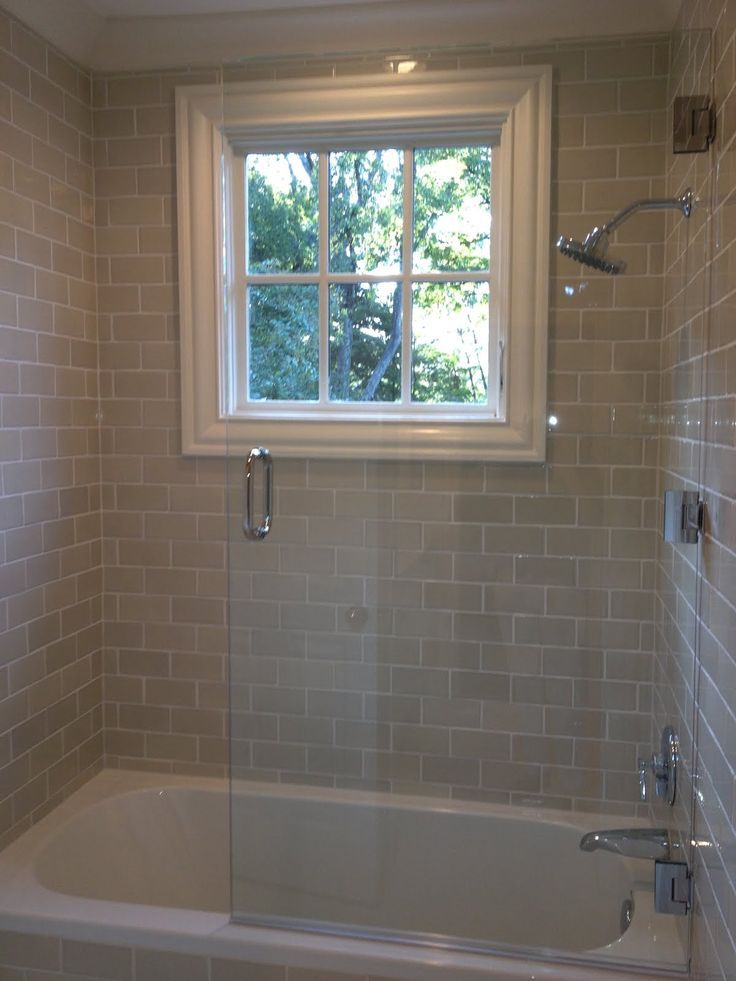 A few shelves on an empty wall or a built-in window will instantly bring tons of personality to any powder room. And get this, there's an entire hashtag dedicated to a perfectly curated #shelfie, so you'll ensure your bathroom is always Instagrammable.
A few shelves on an empty wall or a built-in window will instantly bring tons of personality to any powder room. And get this, there's an entire hashtag dedicated to a perfectly curated #shelfie, so you'll ensure your bathroom is always Instagrammable.
07 of 15
Design: Honestly WTF, Photo: Andrea Posadas
Redecorating doesn't have to cost a fortune. With some printed images, a few rolls of colorful Washi tape, and this bathroom inspiration, you can DIY a gorgeous gallery wall without making holes in your wall. (Put a pin in this one, renters!) Create a composition of cohesive prints on your bathroom wall and fashion some faux frames with strips of tape.
08 of 15
Murals come in all shapes, sizes, styles, and colors, and thanks to the invention of peel-and-stick wallpaper, it's easy enough to install in a single afternoon. Murals differ from traditional wallpaper in the sense that they make up a single, large image, rather than a full pattern repeat. Try an abstract composition or go with something literal like a photo ripped straight from a nature scene.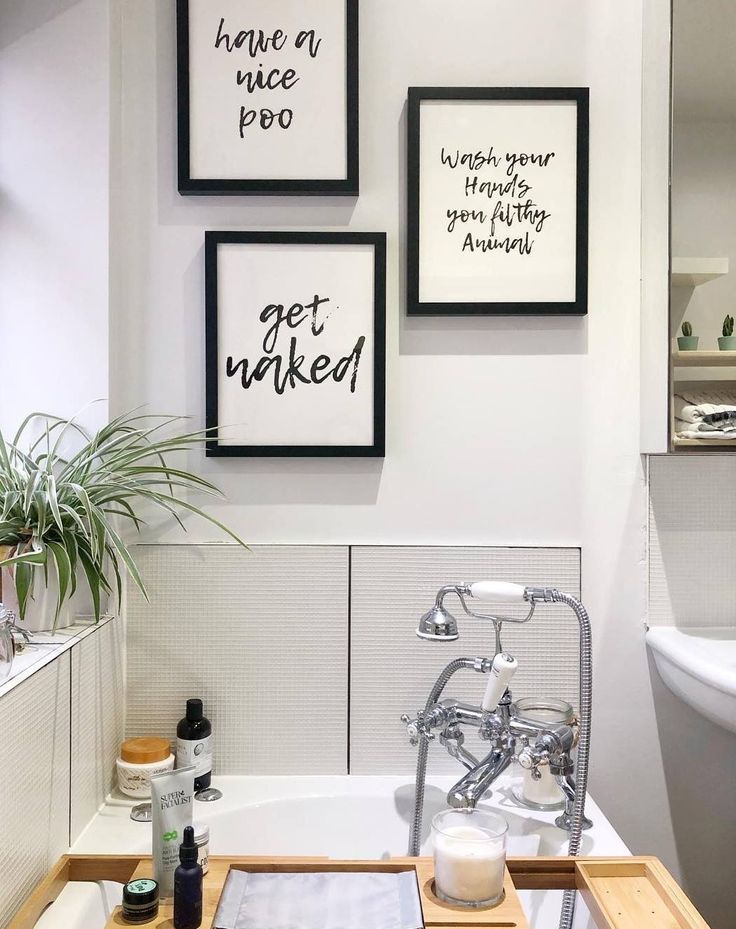
09 of 15
Design: Grey Hunt Interiors, Photo: Christy Kosnic
Every powder room needs a mirror, but one with a unique frame can double as beautiful and functional artwork. If you're working with a tight budget, flea markets and thrift stores are the perfect places to find one-of-a-kind styles. Additionally, you can play with spray paints or metallic leafing to create a custom piece that looks right at home in your bathroom.
10 of 15
Sometimes you just need a little something to make your bathroom feel more like you. A dainty wall decal like this one that says, "get naked" elevates the space in a unique way. And if this doesn't add a touch of personality to your space, we don't know what will.
11 of 15
Design: Studio DIY, Photo: Jeff Mindell
If you have a single blank wall in your washroom, hanging an oversized framed piece of artwork will transform your space with minimal effort. (Think: a single nail and five minutes of your time.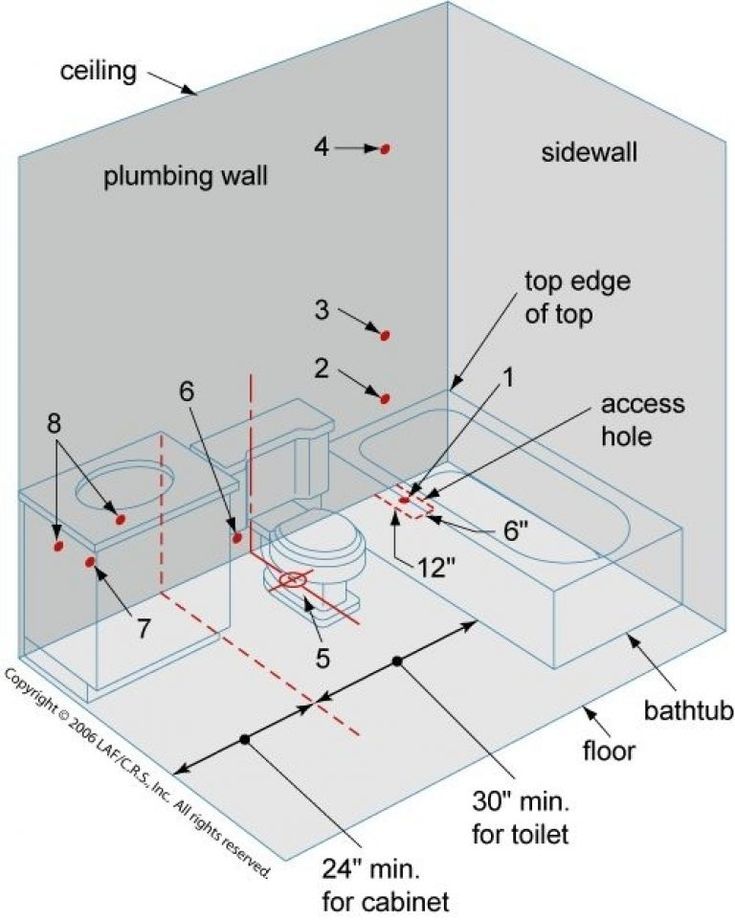 ) Look for abstract paintings, landscape photography, and graphic prints to add a gorgeous focal point to your previously neglected space.
) Look for abstract paintings, landscape photography, and graphic prints to add a gorgeous focal point to your previously neglected space.
12 of 15
Design: Melanie Jade Design, Photo: Melanie Jade Design
Chances are you're really proud of the gallery wall you have hanging above your couch in your living room. Who said you couldn't create one in your washroom too? Shop a collection of framed pieces and get to work configuring your design. The way we see it, any blank space is a new opportunity for a gallery wall.
13 of 15
Wall art doesn't have to hang on your wall to make an impression on your space. These built-in shelves with curated accessories give this minimal bathroom a personality upgrade. And yes, this absolutely counts as wall art.
14 of 15
Photo: James Carriere
Never underestimate the power of a paint bucket and some painter's tape. Create any design, from horizontal stripes to abstract shapes with a paintbrush and a little creativity. And voilá, you made wall art.
And voilá, you made wall art.
15 of 15
Design: Amy Sherlaw Interiors, Photo: Alex McIntosh
It truly doesn't get better than living wall art. Mount a few of your treasured plant babies directly onto your bathroom wall for an installation that literally breathes new life into your space. Plus, the steam from your shower will make for a hospitable space for your greenery.
Makeover of the Week: How One Designer Added Warmth to a Cold, Unwelcoming Bathroom
How to finish the walls and floor in the bathroom: 12 options instead of tiles
Tiles are the best, but not the only choice for decorating a bathroom. In this article, we tell you how to finish the walls in the bathroom, except for ceramic tiles, and also analyze the options for flooring. We have collected materials that are resistant to moisture, they will not dampen, mold will not appear in the room. In some cases, even preliminary surface preparation is not required.
Watch the video listing all the materials
How to replace the tiles in the bathroom
On the walls
— PVC panels
— Paint
— Decorative plaster
— Wallpaper
— Self-adhesive film
— Microcement
— Tree
— MDF
On the floor
— Linoleum
— Laminate
— Vinyl tile
— Enamel
Conclusion
There are eight alternatives to tiles.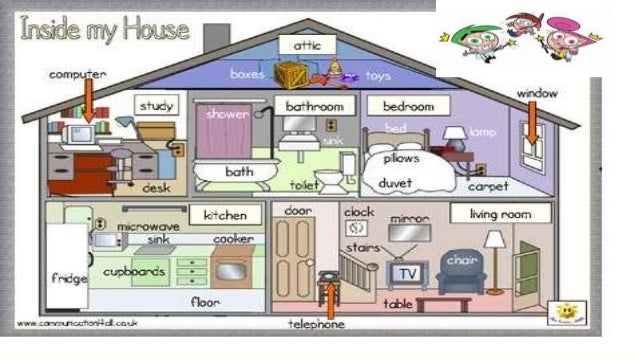
Plastic panels
Let's start with the economical option. Plastic panels are sheet and rack. The first ones are wide, due to which pasting is faster. The latter often look more beautiful, but they are more difficult to mount. PVC panels have several tangible advantages.
- Many shades available.
- They are waterproof and easy to clean.
- Walls do not need to be leveled before installation.
- Provides additional sound insulation.
A noticeable disadvantage of the panels is their fragility. They bend and break under pressure, so you have to handle them with care. Also, plastic panels do not look luxurious and are suitable for a simple and budget design.
Panels can be glued with liquid nails or laid on aluminum profile battens. In a small room, one pattern, light colors and an elongated lining look good. If the area allows, you can experiment with different textures, alternate vertical and horizontal installation, combine different facings, make decorative inserts.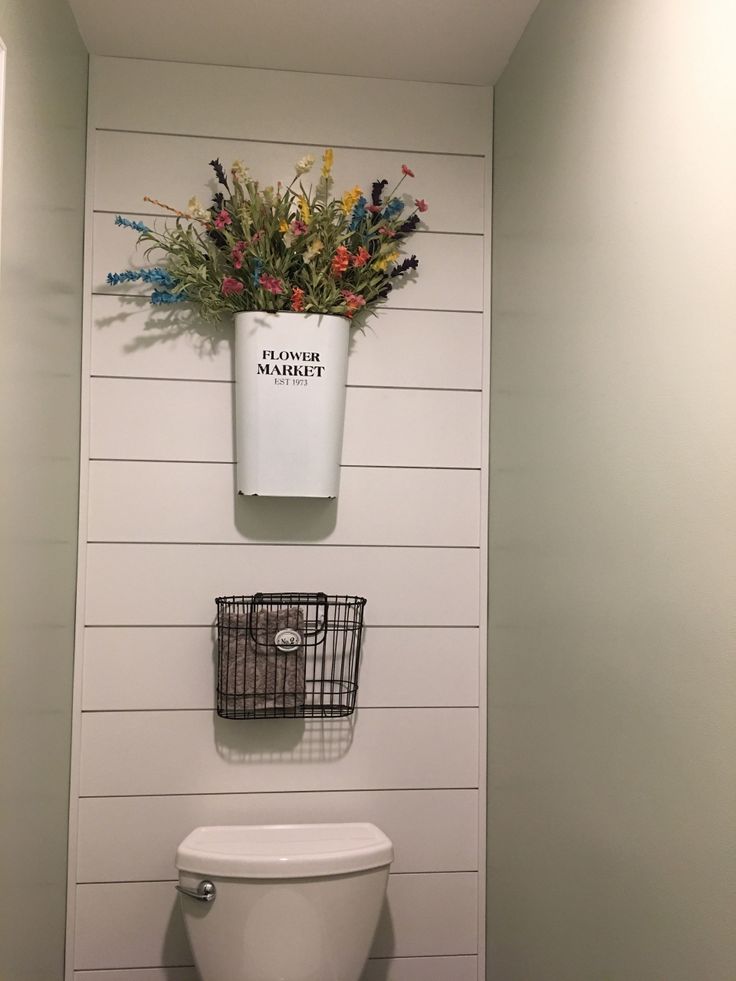 In addition to walls, furniture and plumbing are sheathed with PVC modules. For example, sheets can be used to make a screen for a bathtub or a cover for a sink cabinet.
In addition to walls, furniture and plumbing are sheathed with PVC modules. For example, sheets can be used to make a screen for a bathtub or a cover for a sink cabinet.
ShutterStock
ShutterStock
Pexels
Paint
This finish is quite labor intensive, but it has two distinct advantages. The first is that the paint can be used in any interior style. The second is in price. Dye and tools cost less than pottery. In addition, preparing the walls and applying two coats of paint is still easier than laying tiles, and you can do it yourself. Painting the walls in the bathroom instead of tiles is rarely chosen for a complete finish. Wet areas - the shower room, the wall above the bathtub and the sink - still prefer to decorate with tiles. The combination of two materials is the most popular solution today.
In fact, the only disadvantage of staining is that you need to carefully level the base. All the old lining is removed from it, washed from dust, treated with an antiseptic or a primer with an antiseptic additive, plastered and puttied defects. The composition is applied with a brush, roller or spray gun.
The composition is applied with a brush, roller or spray gun.
a photo
Instagram @mistovia
Instagram @stanislav_ermolenko
3
Instagram @bychkovi_design_interior
Instagram @bychkovi_design_interior
Instagram @design.vera_sheverdenok
Instagram @enjoy_home
Instagram @troilova_arina
There are three suitable options.
- Acrylic paint is an environmentally friendly material that can be applied to any surface, it does not lose color for a long time.
- Silicone - Consists of water, resins and organic particles. It is safe for health, serves for decades and is easily tinted.
- Latex - the most popular option, is not afraid of steam, reliably protects the surface and dries quickly.
Moisture-resistant dyes also include alkyd and oil enamels, but they leave behind an unpleasant odor and do not weather well.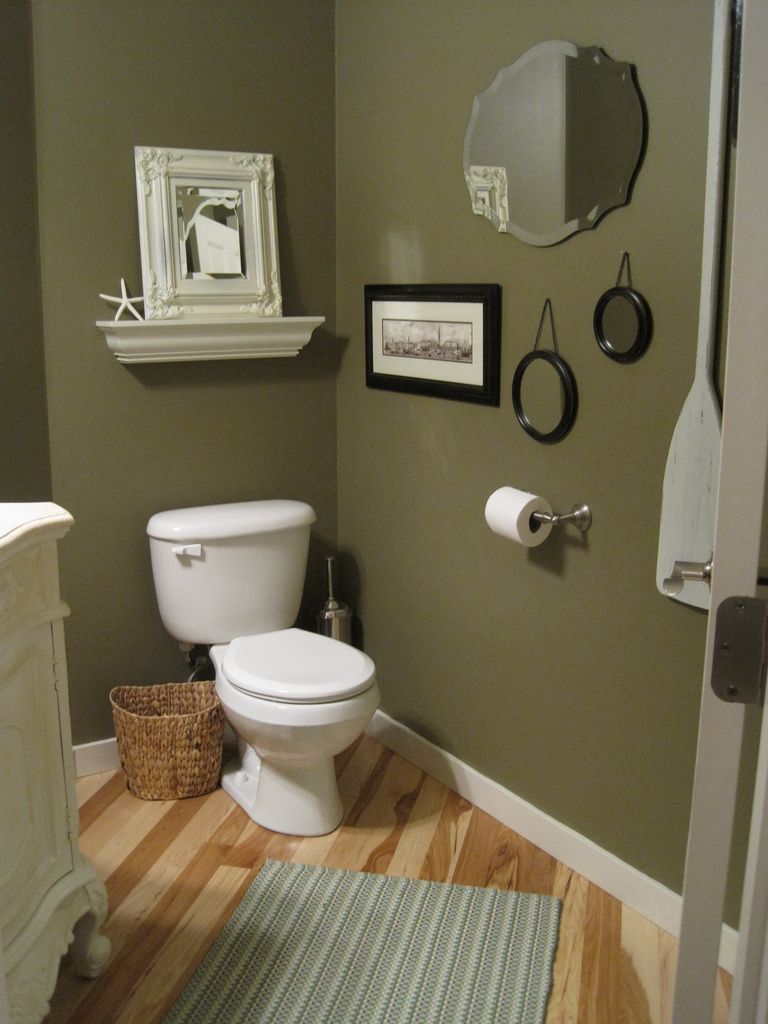
Waterproof paint available in matt and gloss. The shiny finish looks beautiful and visually increases the area by reflecting the light. Its disadvantage is that it emphasizes all the irregularities. The matte finish looks elegant and stylish, but it is more likely to show dirt, water drops and fingerprints.
Some formulations are smooth, others include various fine fillers to give relief - you can choose the desired texture. They have the same method of application: first, the base is leveled with cement plaster, waterproofed, primed, and then the finish is applied, painted and covered with a protective varnish.
6a photo
Instagram @baharev.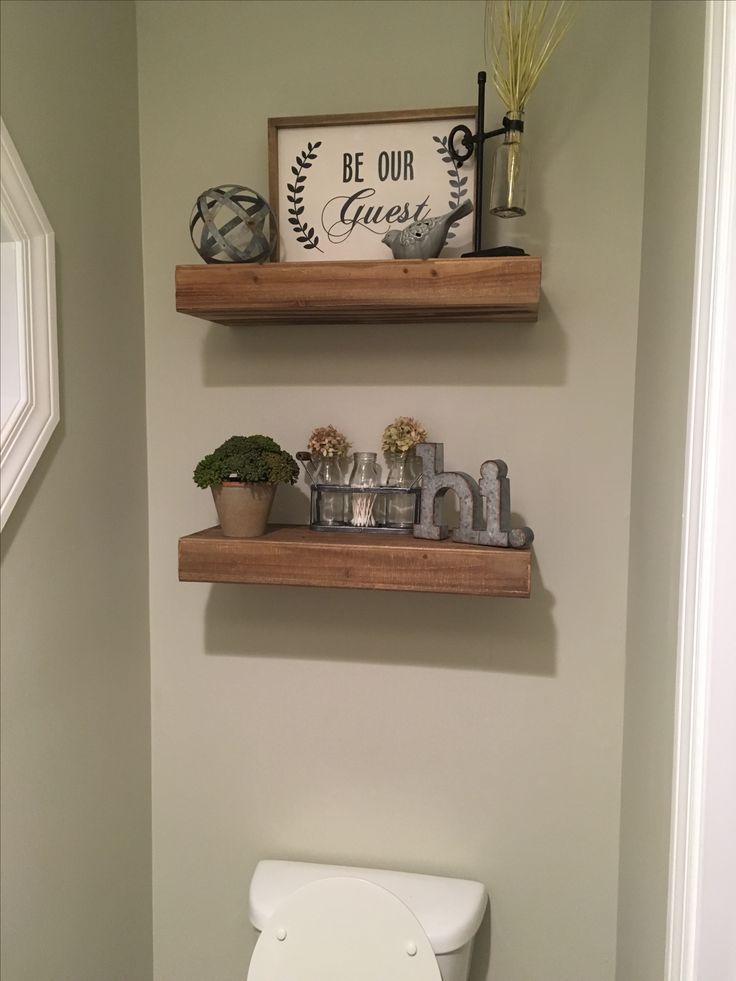 ru
ru
Instagram @zhilin_brother
Instagram @redrobotdesign
Instagram @enjoy_home
Instagram @zhenya_zhdanova
Instagram @zhilin_brother
You can use the following types of wallpaper in the bathroom.
- Non-woven and vinyl - they are not afraid of moisture, mask light wall defects, do not require complex maintenance. The market has a large variety of colors, patterns and textures, you can choose models for any style and palette.
- Fiberglass is a modern finishing material that is made from glass threads. They are vapor-permeable, vandal-proof and durable, and thanks to their composition, fungus or mold will not start in them. Available for painting. The only downside is the relatively high price.
- Liquid - sold as a dry mix or ready-made composition, in terms of texture and application process, they are more like plaster than classic wallpaper. For bathrooms, they are good moisture resistance, resistance to temperature extremes and additional heat and sound insulation.
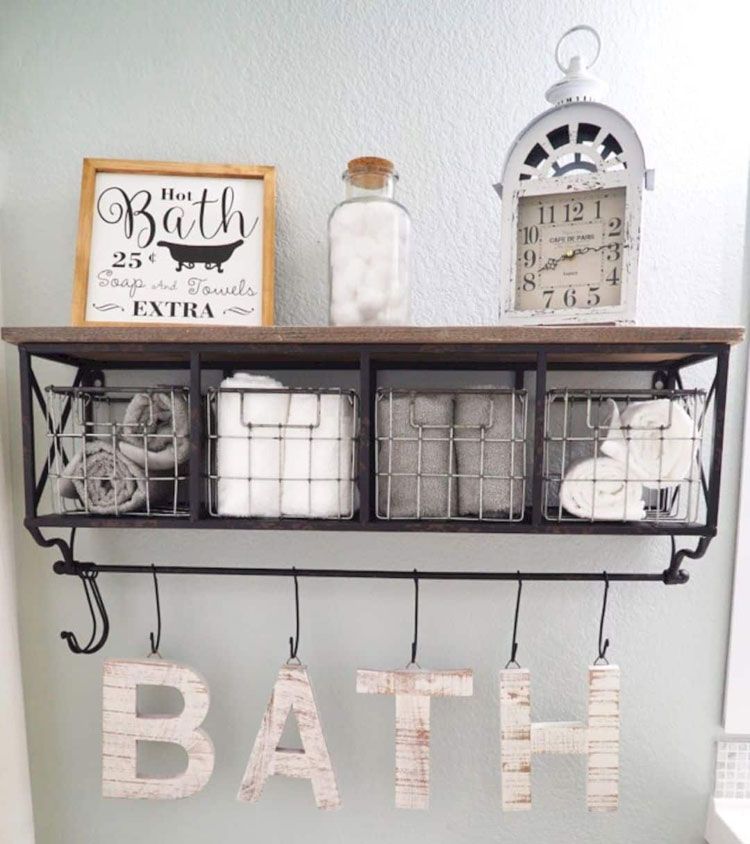
Rolls must be marked with water resistance in the form of a wave or drops. The more of the latter, the better. It is advisable to use glue designed for the type of wallpaper that you bought. And even if all conditions are met, good ventilation must be made in the bathroom.
Decorative film is water resistant comparable to ceramic or plastic panels. The surface is matte, glossy, rough and metallized. Visually, it can imitate paint, wood, marble, mosaic, tile or wallpaper, so it will be easy to choose the right ornament and texture.
Instagram @casamontada
Instagram @olorointeriors
Instagram @mssamanthasantana
Instagram @livetteswallpaper
Microcement
This modern material is increasingly being used as an alternative to tiles. Visually resembles decorative plaster or paint, but it is much stronger. It has many benefits.
- High moisture resistance, so it is often used to decorate the shower area.
- Can be applied to any surface, including old tiles.
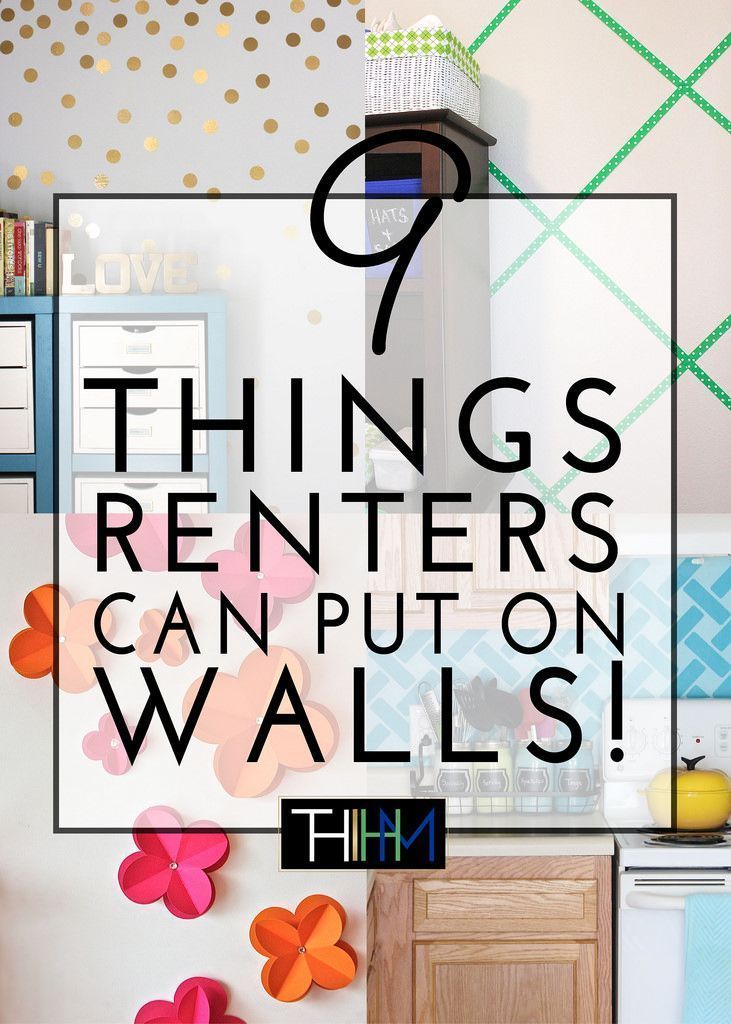
- Since the composition is inorganic, it does not form mold.
- Color variability - a large number of light and dark shades that will suit different interior styles.
- Retains its original appearance for a long time, does not fade or crumble.
Instagram @pistolenko_design
Instagram @f_a_m_design
Instagram @ira.karlikova
Instagram @a_gorskaya
Instagram @marina__arch
Wood
Wood is noble, but it looks noble in any interior under its influence, it can swell and rot. Therefore, in the decoration of the bathroom, natural wood is not used so often. But if you still decide to take this step, you will get an elegant, noble and at the same time cozy interior.
Only moisture-resistant species can be used in the decoration of the bathroom: larch, cedar, beech, etc. At the peak of popularity now tick. This breed is not afraid of water, serves for a long time, and is resistant to mechanical damage. And yet it looks luxurious. Teak can be used to decorate both walls and ceilings. Wood is used in the form of an array, veneered boards or lining. Even moisture-resistant rocks are best additionally coated with a protective varnish or oil.
And yet it looks luxurious. Teak can be used to decorate both walls and ceilings. Wood is used in the form of an array, veneered boards or lining. Even moisture-resistant rocks are best additionally coated with a protective varnish or oil.
Instagram @nata_vologdina_anikina
Pexels
Instagram @ostrovskaya_design
Instagram @trueform_concrete
Design: Natalia Shirokorad. Photo: Olga Shangina
MDF
MDF is an analogue of natural wood. Inexpensive and durable panels are made from it, which can be used to decorate walls.
MDF is a tightly pressed chip. Panels are in the form of lining or plates, which are mounted on the surface. One of the main advantages of this finish is the variety of colors and textures. MDF can imitate wood, porcelain stoneware or marble, and smooth plain panels that look like painted walls are also often used.
Moisture-resistant MDF panels are suitable for the bathroom. They are environmentally friendly, have a long service life and are easy to mount or dismantle.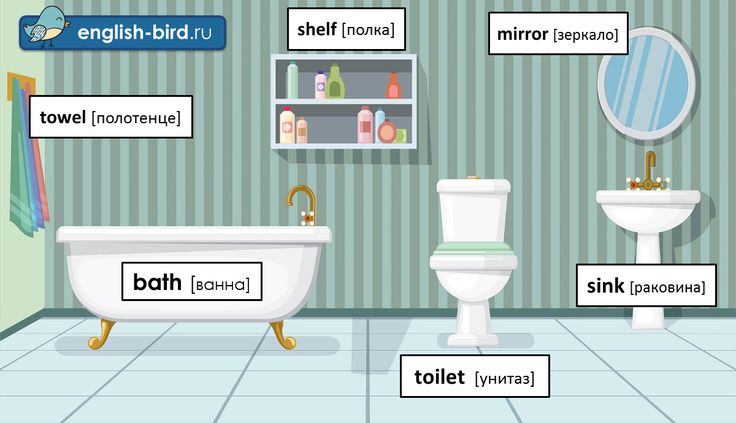 Unlike real wood, they are not afraid of moisture, steam and temperature changes. They also cost less than wood. This is a great option for interiors in eco, Scandinavian, classic and modern style.
Unlike real wood, they are not afraid of moisture, steam and temperature changes. They also cost less than wood. This is a great option for interiors in eco, Scandinavian, classic and modern style.
a photo
Instagram @alexey_volkov_ab
Instagram @stanislav_ermolenko
Instagram @k.kharlamova_design
Instagram @redrobotdesign
Design: Julia Strapko. Photo: Alexander Kuzas. Style: Katerina Stoyak
Design: Julia Strapko. Photo: Alexander Kuzas. Style: Katerina Stoyak
In the case of the floor, there are not so many options. One of them is to paint it with the same waterproof paint as the walls. The floor is pre-primed and plastered. In addition, there are several more ways to finish.
Linoleum
Unlined PVC finish is suitable for the bathroom - it will definitely not get damp, and mold and unpleasant smell will not appear in the room.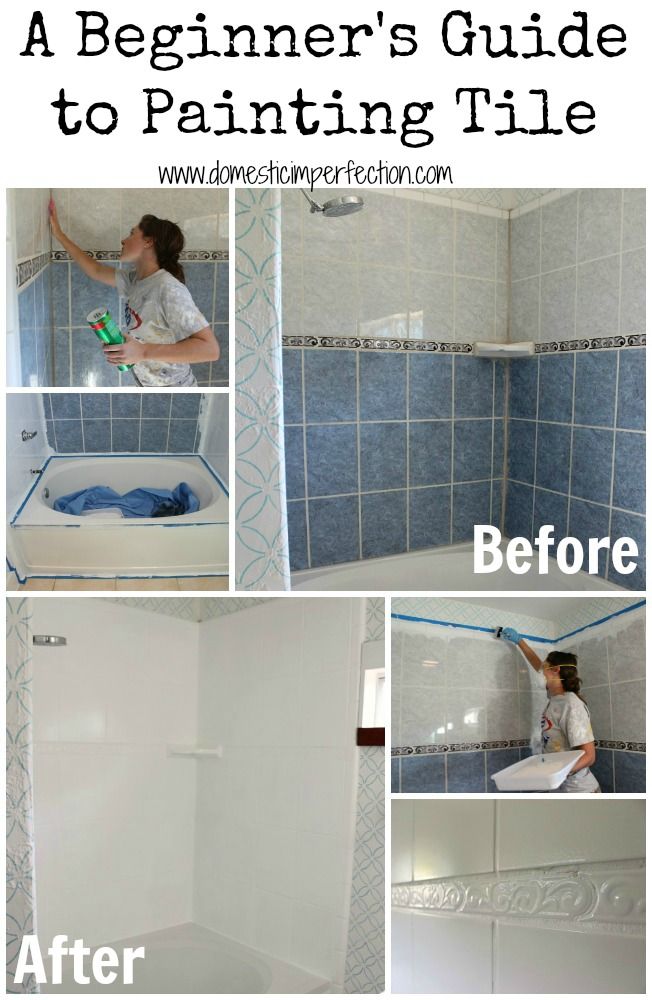 It is advisable to purchase a semi-commercial type of coating that is more resistant to abrasion and household chemicals. Pay attention also to the anti-slip properties. They are denoted by the letter R. R10 is considered safe, but the higher the value, the more expensive the coating. The main advantages are as follows.
It is advisable to purchase a semi-commercial type of coating that is more resistant to abrasion and household chemicals. Pay attention also to the anti-slip properties. They are denoted by the letter R. R10 is considered safe, but the higher the value, the more expensive the coating. The main advantages are as follows.
- Linoleum today can imitate natural stone or wood.
- Waterproof.
- Easy to install if the room is free of furniture and fixtures. If they are already standing and cannot be taken out, the task is complicated by cutting corners.
- Additional soundproofing.
- Surface warmer than tiles.
The main difficulty is sealing the seams and the perimeter so that water does not get under them. This is done with glue or hot welding. Another disadvantage is that before laying you need to level the floor. Linoleum repeats the outlines of the base, and if there are bumps somewhere, the work will have to be done again. Cracks will appear at this place, and as a result, water or condensate will accumulate below.
Cracks will appear at this place, and as a result, water or condensate will accumulate below.
Pexels
Laminate
In order to finish a damp room with this coating, you need to choose the right type of laminate. There are two options.
- Moisture resistant. Manufactured from HDF board impregnated with wax and antibacterial additives. It tolerates high humidity well, but it needs good ventilation and a minimum of water ingress.
- Waterproof. This type of laminate has increased strength and good water repellency. It does not absorb moisture, even if it gets on it in large quantities.
Joints between parts are treated with silicone sealant or wax.
leroymerlin.ru
Vinyl tile
This flooring is available in sheets or rolls. It is durable, waterproof and looks good in almost any interior. On sale there are shades under the tree. Vinyl does not slip, and you can wash it with any usual means. Vinyl is easy to install. It can be self-adhesive, lockable or mounted on glue.
Vinyl does not slip, and you can wash it with any usual means. Vinyl is easy to install. It can be self-adhesive, lockable or mounted on glue.
Instagram @rerooms_design
Instagram @kvartira_v_sibiri
Enamel
A quick and budget option for finishing the floor in the bathroom. Enamel paints are highly durable, as well as resistant to moisture, mechanical damage and aggressive chemicals. It can be applied on any substrate: old tiles, concrete, wood flooring, etc.
Available in a choice of colours, the finish is easy to restore and the high gloss finishes give the floor a beautiful sheen. The main disadvantage is a pronounced chemical smell and the need to ensure full ventilation for 1-2 days after staining, so that all harmful substances evaporate from the room.
How can you decorate a bathroom by replacing the tiles or combining the finishes with them?
- Beautiful replacement - paint, mineral plaster, microcement, wallpaper.
 All these options are distinguished by water resistance and a large selection of shades, patterns, textures. PVC panels are quite reliable, but less aesthetic.
All these options are distinguished by water resistance and a large selection of shades, patterns, textures. PVC panels are quite reliable, but less aesthetic. - Some types of wood will also be resistant to moisture. For example, oak, ash, beech, Brazil walnut, elm, teak. All these coatings are expensive, and it is difficult to mount them yourself.
- For the floor, vinyl tile is the best choice, laminate and linoleum are more budgetary, but there may be problems with operation.
a photo
Types of materials for bathroom walls
What is inexpensive to cover the walls in the bathroom? The most popular material for wall decoration in this room at all times was ceramic tiles. It is durable, moisture resistant, easy to clean. The material allows you to create an interior in styles:
- classic;
- baroque;
- high-tech;
- minimalism.
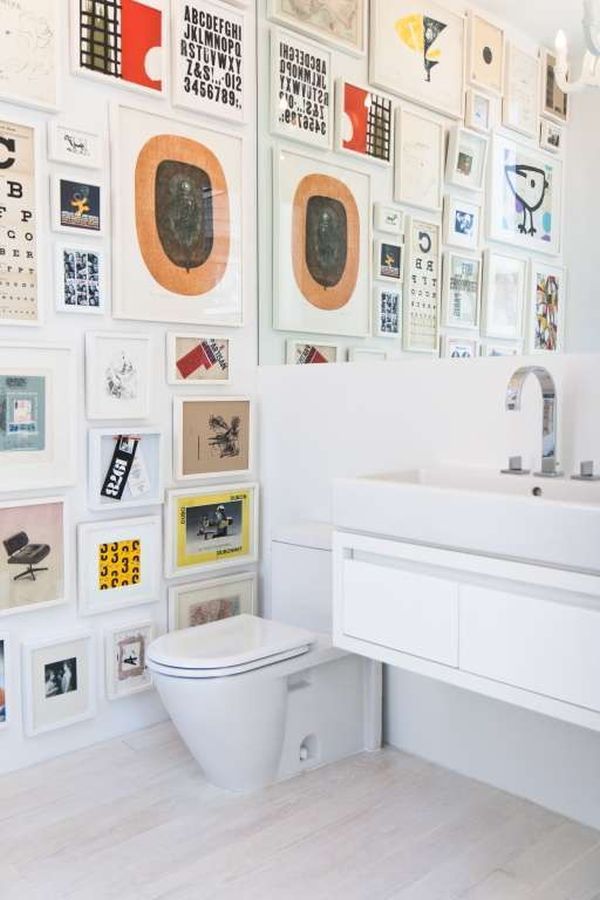
One of the varieties of material is a mosaic of various shapes, which allows you to create more spectacular interiors.
Painting is one of the easiest and most cost-effective options for decorating bathroom walls. But, the paint must be chosen with good resistance to moisture, for example:
- acrylic water-based;
- latex water-based;
- silicone;
- chlorinated rubber.
The last option is the most expensive and most resistant, even in swimming pools.
Plaster. The material is not cheap and some of its types require the involvement of craftsmen. For rooms with a high level of humidity, sanitizing plasters, moisture-resistant decorative plasters, and often even just facade plasters are used.
Plastic panels. Budget finish with a lot of advantages. In recent years, it has been actively used for bathrooms. A variety of options allows you to choose any color solution, and installation is quick and virtually dust-free.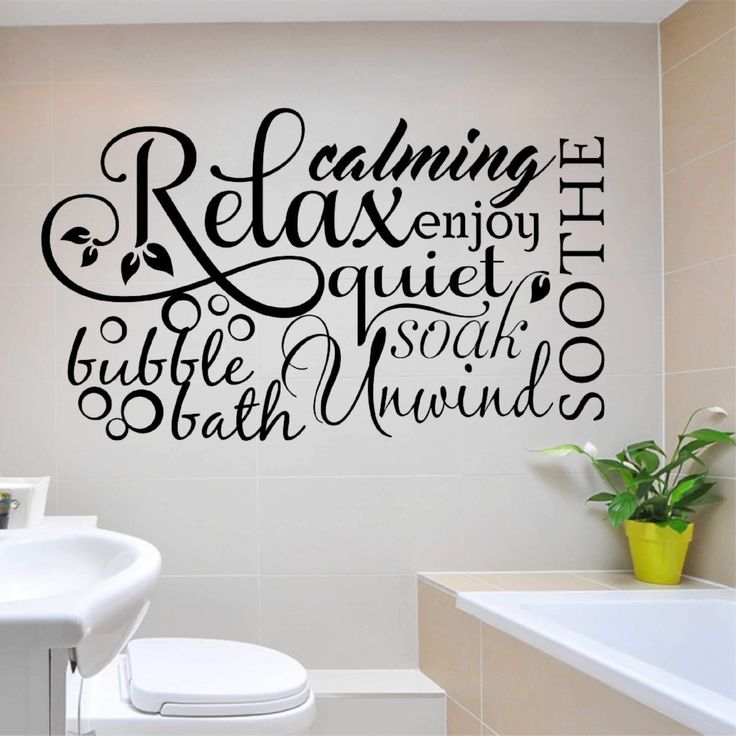
Self-adhesive film. It also refers to inexpensive finishes, differs in assortment and is easy to care for.
The cheapest bathroom finishes
Wall cladding in the bathroom accounts for the largest part of the cost, but the family budget for repairs can be partially reduced. What is the cheapest way to finish? When choosing, it should be noted that not all materials can be used in rooms with high humidity. And not every ready-made option can satisfy the wishes. So, from the most budgetary finishes for bathrooms, we can distinguish:
- Coloring.
- Self-adhesive application.
- Installation of plastic panels.
Being able to do the task yourself is a virtue of all three methods. At the same time, each has its own characteristics. So, painting and self-adhesive need careful alignment of the walls, which will slightly increase the duration of the work, and the fragility of operation. The paint is able to hold out on the walls in the bathroom for about 5-8 years, and because of the unattractive appearance, this method is recommended to be used only with a total budget deficit.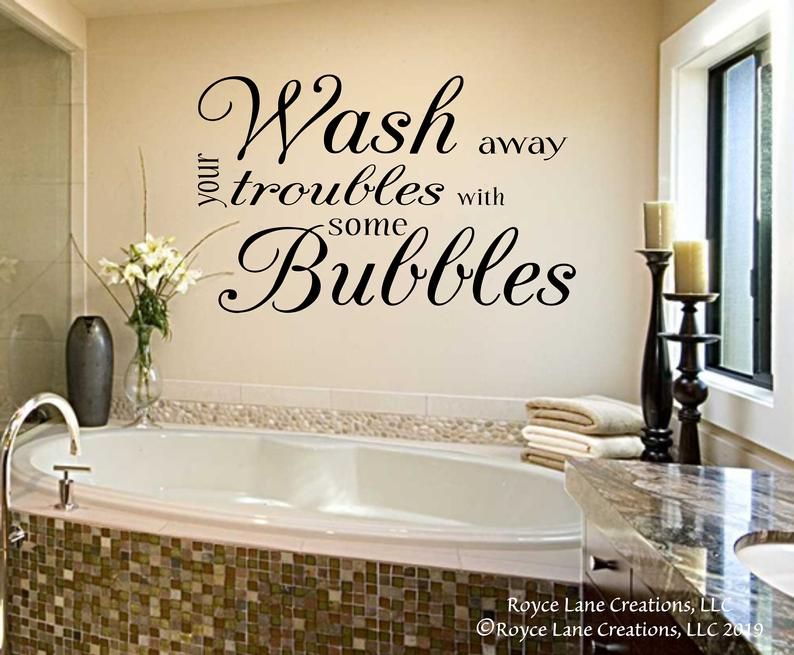 It is better not to glue the self-adhesive in places where splashes of water will directly fall on it. Under their influence, as well as hot steam, it will begin to flake off after a while. The material is best used in places slightly removed from the bath and shower.
It is better not to glue the self-adhesive in places where splashes of water will directly fall on it. Under their influence, as well as hot steam, it will begin to flake off after a while. The material is best used in places slightly removed from the bath and shower.
Plastic panels are an inexpensive option that allows you to make repairs cost-effectively and for a long period. They are not afraid of water and temperature changes, they can be made in one tone and with a pattern, which will allow everyone to realize their own idea.
PVC bathroom panels instead of tiles
Although ceramic tiles are considered one of the best options for wall cladding in the bathroom, PVC panels are not inferior to it, and in some cases even have their advantages. So, the installation of tiles is more complicated, and it is easier to pay for the work of the master than to achieve perfect laying on your own. Panels, on the other hand, are easier to install and a larger surface area can be immediately covered with one sheet or strip than with tiles.
